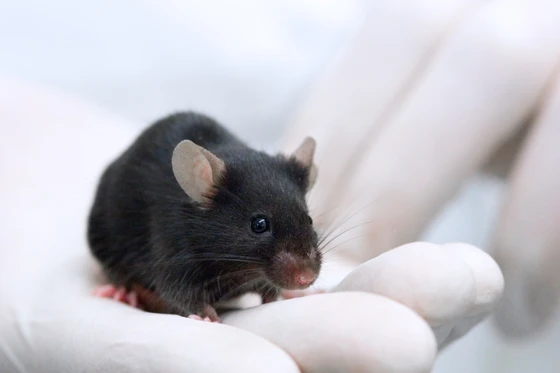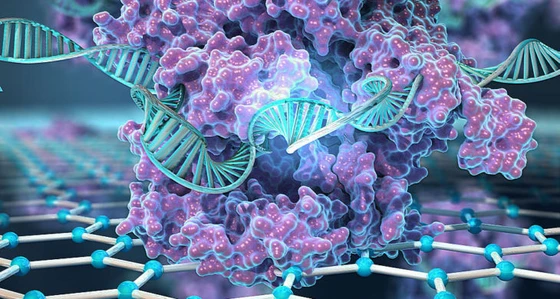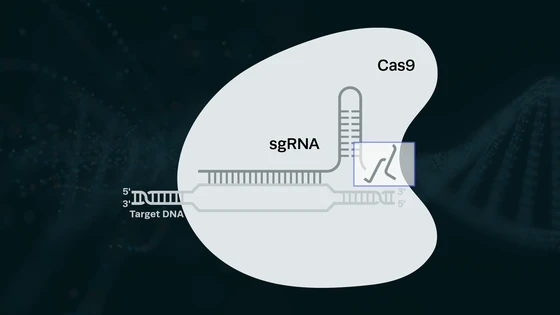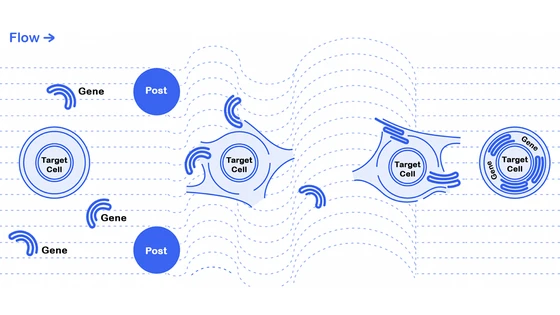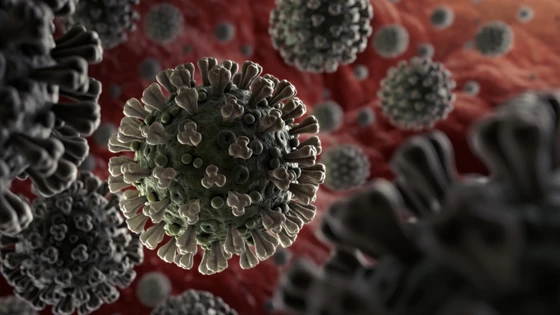The CRISPR field is moving fast! Don’t worry, we’ve got you covered. Check in every week for a quick summary of the biggest news and developments in genome engineering research so you can stay up to date with what’s happening in the world of CRISPR.
In contrast to last week’s issue – there’s no food here! This week we’re talking about CRISPR’s potential impact on human health and disease. First, we’ll tell you about a recent study that has uncovered a new biomarker for Alzheimer’s disease and how it could change the way that the disease is studied in the lab.
Next, we cover the topic of prenatal gene editing; a team of researchers in the U.S. have prevented congenital disease in unborn mice that were still in the uterus. Last, but not least, we discuss new guidelines released by the Japanese health and science ministries that propose legalizing CRISPR editing of human embryos from as early as 2019.
Finally, we finish off with interesting news about the cause of adolescent idiopathic scoliosis. CRISPR has helped researchers uncover a potential link between a genetic polymorphism and development of spine curvature, and the results imply that scoliosis could potentially be managed by dietary modification.
CRISPR Genome Editing Technology Reveals New Biomarker for Alzheimer’s Disease

Alzheimer’s disease is the most common form of dementia and neurodegenerative diseases in the world; an estimated 5.7 million Americans are living with Alzheimer’s disease in 2018. Currently, there is no cure, and diagnosis is not a simple process. Moreover, despite the fact that ~95% of cases are of unknown or sporadic origin, models to enable scientists to study disease development are often inadequate.
Now, a team of scientists from the University of Extremadura in Spain has identified a deficiency in the protein STIM1 in brain tissue of patients with the disease. The team analyzed cultures of brain tissue from a specific portion of the frontal part of brains of Alzheimer’s patients that had donated their bodies to science after death. The samples were analyzed and compared with healthy tissue from patients of the same age, and a marked deficiency in STIM1 was observed.
The team then used CRISPR to observe the part that STIM1 plays in the neurodegeneration of the neuron; elimination of STIM1 expression using CRISPR was found to result in the reduced transport of calcium ions through the plasma membrane, ultimately causing the cell to die.
The researchers hope to develop an accurate model to reflect the brain chemistry of approximately 95% of Alzheimer’s disease patients in the future. They aim to achieve this by working with pluripotent stem cells to differentiate them into neurons, first for mice and then for humans.
Keen to use CRISPR in your experiments? Check out our new educational guide to help you through the “How to use CRISPR” process.
CRISPR Pinpoints Missense Variant Associated with Idiopathic Scoliosis

Severe idiopathic scoliosis is the most common type of scoliosis, affecting as many as 4 in 100 children between 10 to 18 years of age. The condition results in the spine curving sideways, which in severe cases can interfere with breathing. ‘Idiopathic’ means that the condition has no identifiable causes, but new research involving the use of CRISPR gene editing technology suggests that a missense single nucleotide polymorphism (SNP) in SLC39A8 gene may be responsible for the development of severe idiopathic scoliosis in adolescents.
The research team, based at Washington University in St. Louis, Missouri, performed an exome-wide association study of 457 severe adolescent idiopathic scoliosis cases and 987 controls. They found missense polymorphism in the SLC39A8 gene, which is known to code for a membrane transporter responsible for manganese. When the researchers used CRISPR to reduce manganese influx mediated by the SLC39A8 p.Ala391Thr variant in zebrafish, clear growth impairments were observed alongside decreased motor activity.
Ultimately, this suggests that scoliosis may develop as a result of reduced manganese influx, which highlights the potential for the condition to be treated, or at least managed, through increased intake of manganese-rich foods such as whole grains, nuts, leafy vegetables, garlic, soybeans, and brown rice.
CRISPR Genome Editing Used to Eliminate Congenital Disease in Mice Before Birth

In a novel achievement, scientists have performed gene editing on mice prenatally. The researchers used CRISPR-Cas9 technology to prevent a lethal metabolic disorder in the animals, raising hope for the future potential to treat human congenital diseases before birth.
The mice had the murine model of hereditary tyrosinemia type 1. In humans, type 1 is the most severe form of tyrosinemia, wherein an inability to metabolize tyrosine due to shortage of the enzyme fumarylacetoacetate hydrolase causes a build-up of the amino acid in the blood and tissues.
Tyrosinemia type 1 is a rare disease with catastrophic impacts; symptoms appear in the first months of life and include failure to gain weight, fever, diarrhea, vomiting, jaundice, and an abnormally enlarged liver. Progression of the disease is serious, resulting in severe liver disease, cirrhosis, and hepatocarcinoma.
Using both CRISPR-Cas9 and base editor 3 gene editing technologies, researchers from the University of Pennsylvania and the Children’s Hospital of Philadelphia targeted the Pcsk9 and the Hpd genes. The team observed stable editing and long-term persistence of the edited cells, resulting in reduction of plasma PCSK9 and cholesterol levels and rescue of the lethal tyrosinemia type 1 phenotype. This work is an important proof of concept that demonstrates the possibility of efficient gene editing before birth.
Japan Gives Green Signal to CRISPR Human Embryos

This week, the Japanese government issued draft guidelines for using CRISPR to genetically engineer human embryos. The proposed guidelines were released by an expert panel that represents the country’s health and science ministries, highlighting that the potential changes could be written into law in the first half of next year.
Currently, the country regulates the use of human embryos for research, but until now there have been no specific guidelines related to the use of genome editing tools like CRISPR-Cas9 to make precise modifications to their DNA. The guidelines will be open for public comments from the beginning of November, and initial indications suggest that the law will be passed with relatively minor changes.
Should these guidelines come into effect, Japan will become one of the first countries to not require any form of approval from the government to produce organisms with intentionally edited genomes. In the United States and China, use of the technique does not break any laws if funded privately, while in the UK, permissions are required from a national regulatory body.
The only stipulation will be that researchers in Japan will be required to register their modifications to plants or animals with the government, with the exception of microbes cultured in contained environments. This comes after the European Court of Justice’s recommendations last month, where it was decided that genetically modified products must go through the same safety and labeling processes regardless of how their genomes were modified.
CRISPR 101 eBook
CRISPR has quickly become a standard laboratory tool for gene editing. As the adoption of CRISPR accelerates worldwide, up-to-date knowledge of the basics of CRISPR is essential for anyone in the field. From target identification studies to the recent breakthroughs in clinical trials, CRISPR is enabling scientists to unlock the power of the genome.
Download our CRISPR 101 eBook today to stay up to date on all your CRISPR basics and get the best results in your CRISPR experiments!


